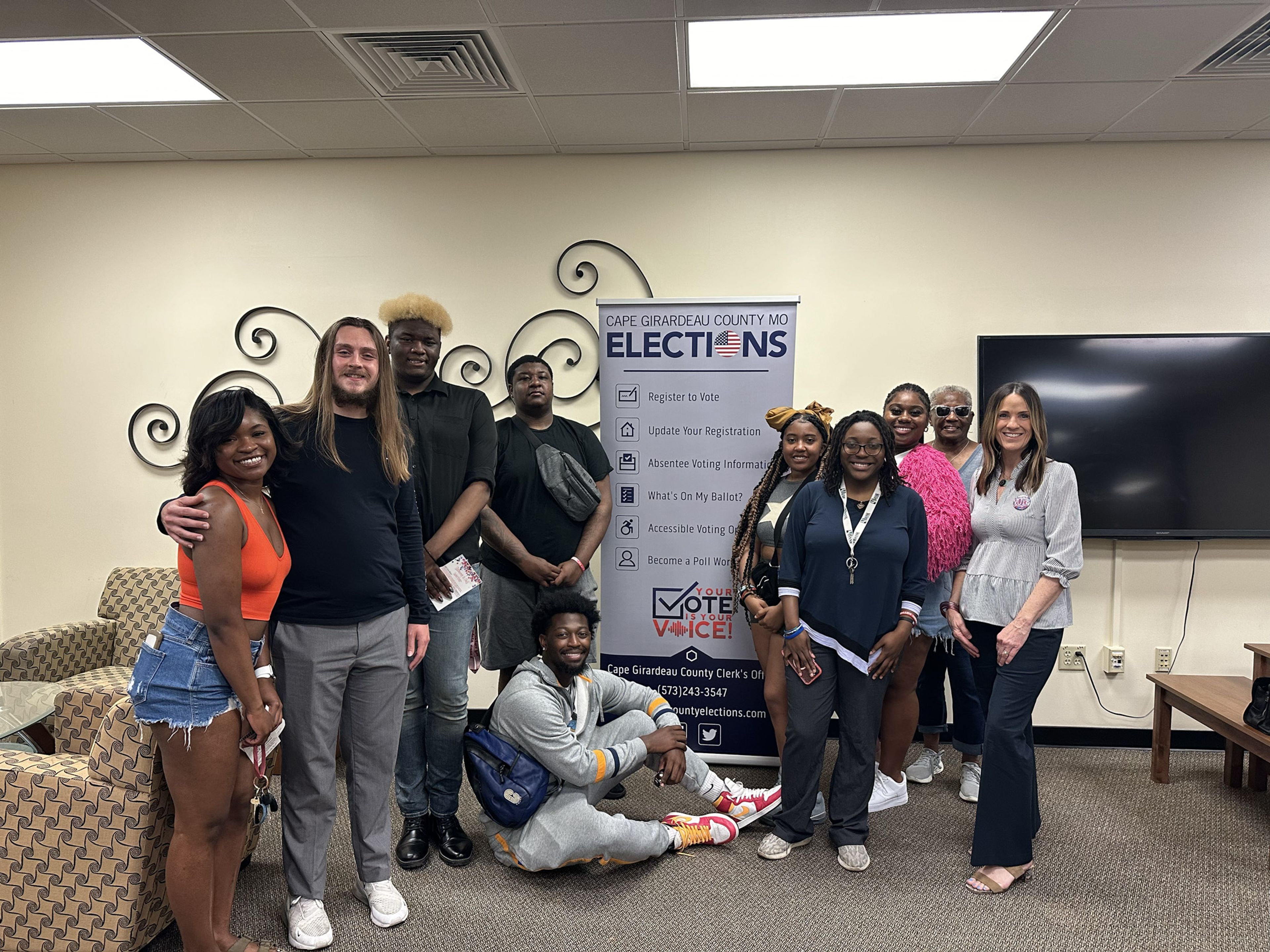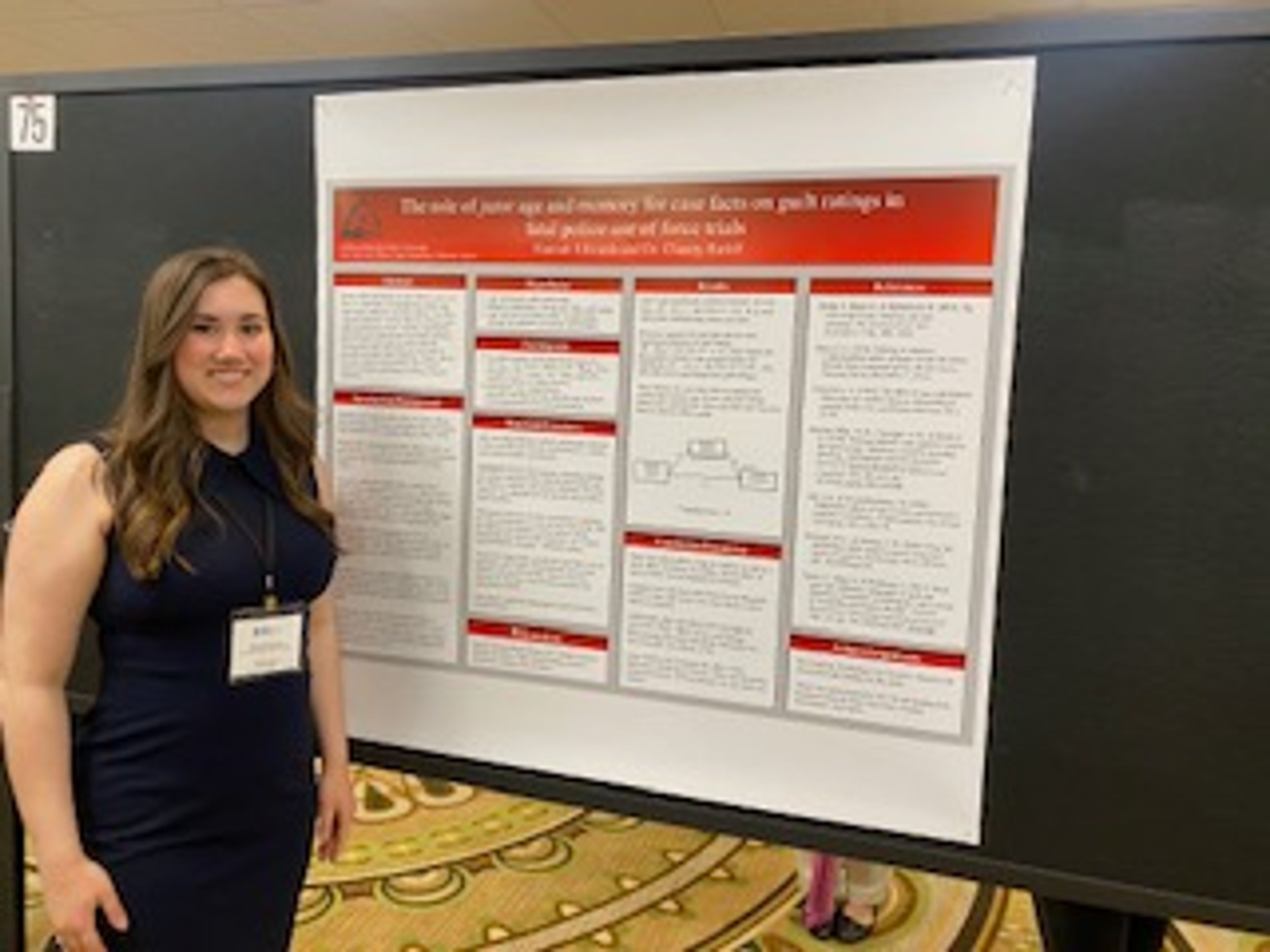Science will take center stage when darkness descends for 4 minutes and 28 seconds on April 8. SEMO professors expect animals and tides to be affected during and after the first total eclipse since 2017, as three celestial bodies align perfectly to create the spectacle.
The total solar eclipse will cross North America and pass over Mexico. The last total solar eclipse was on Aug. 21, 2017 with a totality time of 2 minutes and 40 seconds.
Adjunct faculty of the Department of Chemistry and Physics Dr. Christina Adair states there have to be specific conditions, such as the position of the Moon and Moon phase, for a solar eclipse to take place.
Adair said the Moon’s orbit is 5 degrees off compared to Earth’s orbit around the Sun. This also contributes to the conditions for a solar eclipse.
“An eclipse will happen during a New Moon, and a lunar eclipse will happen during a Full Moon. The special scenario is that the Moon has to be crossing the Sun. It [the Moon] swings up about five degrees from the direction of the Sun and it swings back down about five degrees. Because it [the Moon’s orbit] is not direct. So, when it does the swing up, swing down, when it crosses from being aligned, to when it crosses to being below,” Adair said.
Assistant Professor of the Department of Chemistry and Physics Dr. Jonathan Kessler broke down the different types of eclipses that can happen.
“There are two main categories of eclipses. We have lunar eclipses. That is when the Earth, the Moon and the Sun all line up. The lunar eclipse, we would see the shadow of the Earth fall onto the Moon. So you have the sun, then the Moon, then Earth and the Moon on the backside of the Earth. What we’re going to experience on April 8th though, is a solar eclipse. That is when the Sun, Moon and Earth line up again, but such that the moon is between the Earth and the Sun,” Kessler said.
Kessler explains there can be effects on wildlife from the solar eclipse.
“One of the things people should listen for is the bugs. A lot of nocturnal bugs will actually wake up during the eclipse. So, you can hear things like crickets chirping in the background, which is something you might not hear until late in the evening. If it were a little bit later in the year, you might even be able to see some lighting bugs that would come out.”
Kessler says he expects the ocean to have high tides after the eclipse passes.
“The tides are kind of a combination effect between two things, both the Sun and the Moon. With the moon being the stronger of the two effects. But with both of them on the same side of the Earth at the same time, you would expect there. As it crossed the coast, I would expect some delay, but I would expect to see some really high tide not long after the eclipse passes over the West Coast,” Kessler said.
While eclipse glasses are one option for viewing, solar filters can be made or bought to create an enhanced view of the event.
“You know you have really good eclipse glasses if you’re looking at a light bulb inside your house and you can’t see anything. Basically, they block about 90-99% of the light that comes from the sun because the sun is so bright,” Adair said.
Emeritus Professor of the Department of Chemistry and Physics Dr. Peggy Hill explains the importance of education on the solar eclipse.
“The eclipse is a really, really good chance to get people interested in science. It’s a natural phenomenon that we can all observe and enjoy together. And observation is the keystone of good science.”
To learn more about the science behind a total solar eclipse, check out NASA's website for more.




